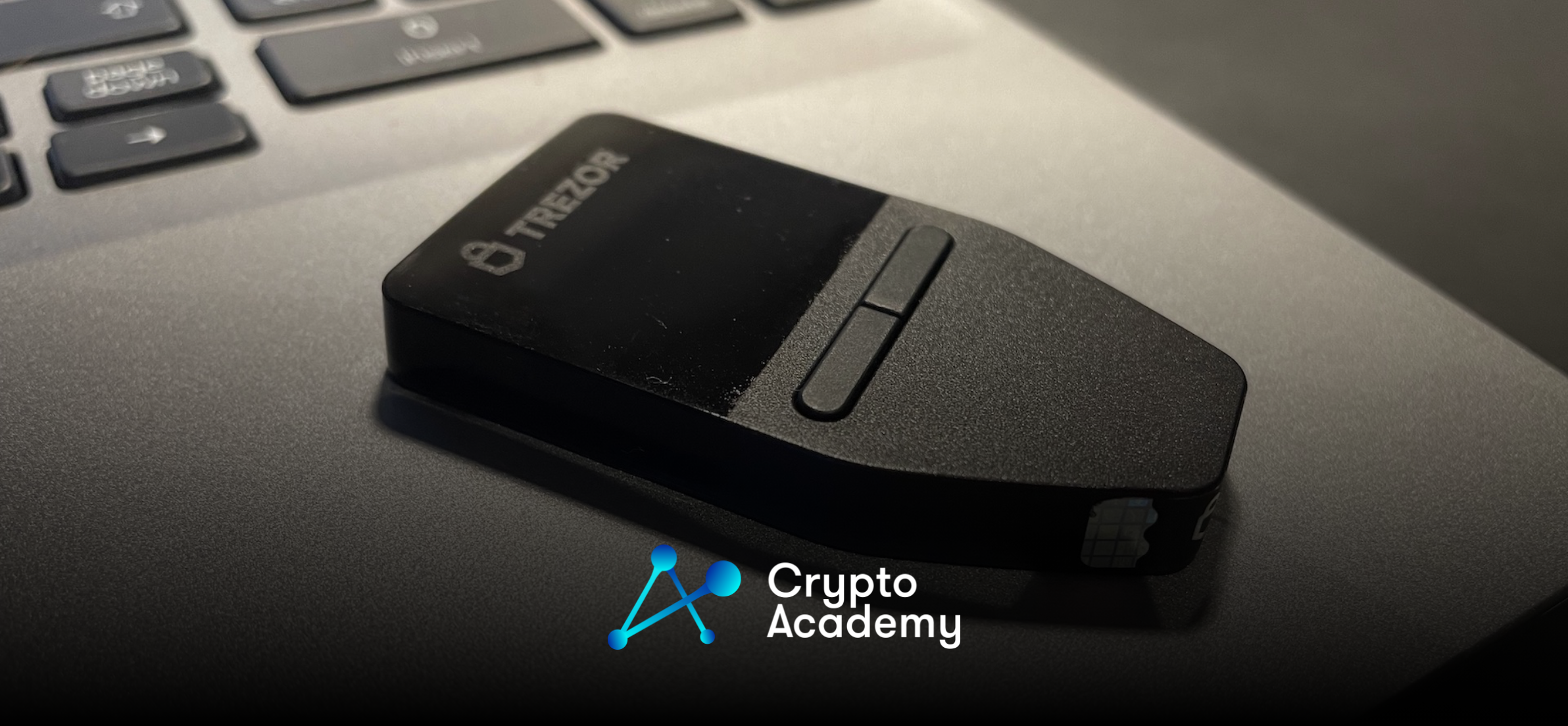Trezor Goes Back to Basics With New Hardware Wallets

Trezor, a prominent cryptocurrency hardware wallet provider, has announced its latest product lineup, including the Trezor Safe 3. This new release comes on the heels of Trezor’s 10-year anniversary celebration, and it’s marked by a return to physical buttons in favor of the touchscreen technology seen in their previous model, the Trezor Model T.
The cryptocurrency world places great emphasis on the security of digital assets, and one of the most trusted ways to ensure this is through self-custody, where only the owner has access to their holdings. Hardware wallets have long been hailed as one of the safest means of self-custody because they enable offline storage of cryptocurrencies.
Introducing Trezor’s New Lineup
Trezor has unveiled a trio of products as part of their anniversary celebration:
- Trezor Safe 3: This new hardware wallet supports a staggering selection of over 7,000 cryptocurrencies, making it a versatile option for investors with diverse portfolios.
- Trezor Safe 3 (Bitcoin Only): For those focused exclusively on Bitcoin, Trezor offers a specialized version to cater to the needs of the Bitcoin community.
- Trezor Keep Metal: This product is designed specifically for protecting recovery seeds, an essential component of cryptocurrency security.
The decision to revert to physical buttons in the Trezor Safe 3 has raised eyebrows in the crypto community. While the Trezor Model T featured a touchscreen, the Safe 3 aligns with the first-generation hardware wallet, the Trezor Model One. Some have questioned whether lessons were learned from the Model T’s touchscreen, and the reasoning behind this move.
Security Concerns and Cost Efficiency
In May 2023, a cybersecurity firm called Unciphered claimed to have hacked a Trezor Model T. However, Trezor clarified that the issue was not related to the Model T’s touchscreen. Nevertheless, the introduction of the Trezor Safe 3, which features physical buttons, underscores Trezor’s commitment to security.
Moreover, what sets the Trezor Safe 3 apart is its affordability, priced at $79, in stark contrast to the $219 price tag of the Trezor Model T. This pricing strategy aims to make hardware wallets more accessible to a wider audience, especially those with budget constraints.
Interestingly, this approach echoes Apple’s 2020 strategy with the iPhone SE, reviving an older design to offer an affordable option alongside the premium flagship models. Trezor, with the Trezor Safe 3, appears to have taken a page out of Apple’s book by bringing back physical buttons and focusing on accessibility for all cryptocurrency enthusiasts.

Comments are closed.